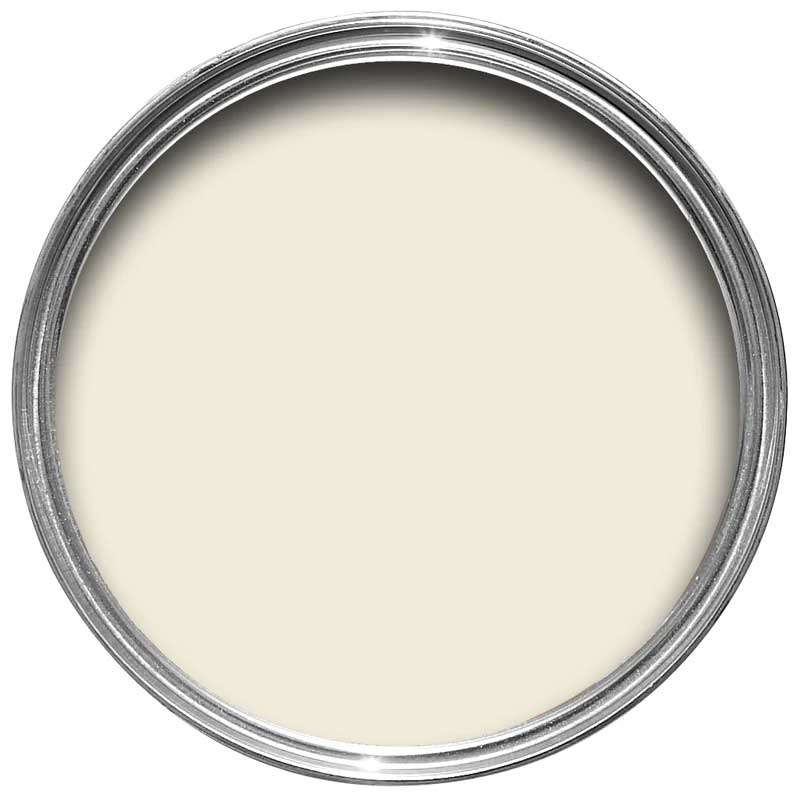How do I identify a paint color's undertone? The trick that helps you pick the right wall color every time
Undertones play a significant role in how a color will appear in its setting. Find out how to pick the perfect one that works best with your overall scheme


Finding the undertone of a paint color is a crucial part of creating a space with the right atmosphere. Without taking undertones into consideration, the outcome may not be exactly what you were hoping for.
From picking the right undertone for whites or neutrals, to ensuring your bold statement paint ideas for walls are going to do what you want them to, our experts give their honest advice on how to pull the undertone from a color and work it to your advantage.
What is an undertone?

Each and every paint color you see on a chart is built up from combining different colored pigments together; these different ratios of pigment are what generates the end result.
Undertones are responsible for those slight color variations, which are particularly noticeable in neutral shades. This is why whites can look pink or blue in certain lights, and why finding the right greige for your space can be so difficult. They may feel like subtle differences between shades on a paint chart, but once on a larger scale (such as painted on your walls), the undertone can have a big influence on how a color is perceived. 'All of the colors in your space interact and play off of one another, so the undertones can have a significant impact on the overall mood, atmosphere, and harmony of a room,' explains Glidden’s color expert, Ashley McCollum.
The only colors with no undertone are pure white and the true primary colors – red, yellow and blue.
Why are they important?
Never underestimate the power of the undertone. It’s what sets the atmosphere, and depending on the furnishings surrounding the paint, will affect how the color reacts.
'If you wanted a true white and ended up grabbing a white with a red undertone, the décor in your space may end up bringing out the red even more and throwing off your entire color scheme,' advises Ashley.
The Livingetc newsletters are your inside source for what’s shaping interiors now - and what’s next. Discover trend forecasts, smart style ideas, and curated shopping inspiration that brings design to life. Subscribe today and stay ahead of the curve.
How do you determine what the undertone of a paint color is?

Considering undertones can be impacted by the quality of light, time of day and time of year, you’ll need to check your choice of hue will cover all bases. Ashley recommends holding your paint color swatches against the existing décor and furniture in your space to see what undertones the other colors in the space will bring out of your color. 'If you want to confirm the undertone in a color, you can always hold it next to the whitest white in a color palette, which for Glidden is Delicate White,' Ashley explains, particularly when decorating with neutrals. 'Especially for lighter neutrals, this can really help you see what the undertone is of the color you are considering, since you are comparing it to a true white.'
Charlotte Cosby, Creative Director of Farrow & Ball, agrees: 'Comparing a neutral to a brilliant white will reveal which pigments are the most noticeable in a neutral. The undertone of a shade is particularly significant in neutral palettes, our different neutral groups are a great way to determine the best undertone for the aspect and feel of a space.'
'Sampling colors from the same color group to help identify the dominant undertone in each color,' she suggests. 'For example, some greens will have a more earthy undertone (brown pigment), while others will be more vibrant and fresh (yellow pigment).'
How to double check
So, how do you ensure you’ve picked the color with the undertone that works best for you and your space? However many times you look through paint color charts, even if you can identify the undertone within, the honest answer is to sample it in situ. 'Sampling a color is the best way to ensure you’re happy with the undertones of the color in your room,' says Charlotte. 'Apply two coats of the sample onto a piece of card, the bigger the better, and move this around the room as the light shifts throughout the day.'
If you’re happy with the tones coming through and the atmosphere your paint color emanates, you have most likely made the right choice.
What effects do different undertones have on the space?

Not only do the surrounding furnishings impact the color, but the orientation of your room will change the lighting, consequently changing the color too.
'Colors with a warmer undertone of pink, red or yellow tend to lend themselves to cooler, north-facing spaces, as they will help to bounce available light around the room,' Charlotte Cosby explains. 'Shades with a gentle blue or green undertone can be particularly calming and serene when used in an east-facing space, while shades with a cozy brown or red undertone work beautifully in a west-facing room which receives sunlight towards the end of the day.” Take the time, and choose wisely to result in the best outcome for your space.

Portia Carroll is an interior stylist, writer, and design consultant. With a background in interior architecture and design, she has a plethora of creative experience in the industry working with high end interior brands to capture beautiful spaces and products and enhance their qualities.

